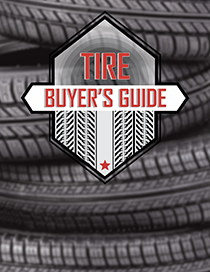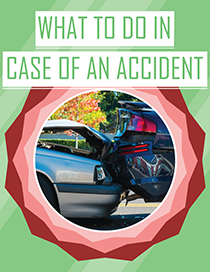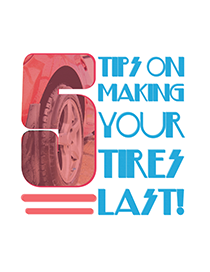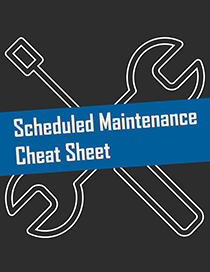Does Tire Traction Affect Braking?
Each year, the U.S. Department of Transportation (DOT) reports that over 20 percent of the 5.8 million vehicle crashes (average number of crashes from 2007 to 2016) are because of hazardous weather.
It’s common in unfavorable weather for vehicles to lose control on slick roads, due to poor traction from a tire or brake-related issue.
Tires are responsible for transferring the engine’s energy to move a vehicle forward on the road. Traction allows for your tires to do this because it is the resistance between the tire and the ground in reaction to the torque being exerted by the wheel axle. That being said, traction is at work any time a vehicle is moving. Braking, on the other hand, is only activated when the driver engages the brake pedal to try to stop the vehicle.
Depending on the construction of a tire, you can get different traction and braking performance. The state of the tread compound can affect wet traction/braking greatly. Another area to consider is the tread pattern itself. This mainly affects dry braking and snow traction/braking. And lastly, the tire contour mainly affects dry traction/braking.
Keep in mind that improving certain performance areas will negatively affect other performance areas. These 3 factors are not independent of one another, but rather there are different interaction levels of each that develop a tire’s performance.
This is a lot to take in, so in short, your vehicle’s tire traction does affect your ability to stop when braking, especially in unfavorable conditions. If you have additional questions on the best tires and tire care practices to keep you safe while braking, let us know. We’d be happy to find you a set of tires that’ll make you feel safe on the road.






